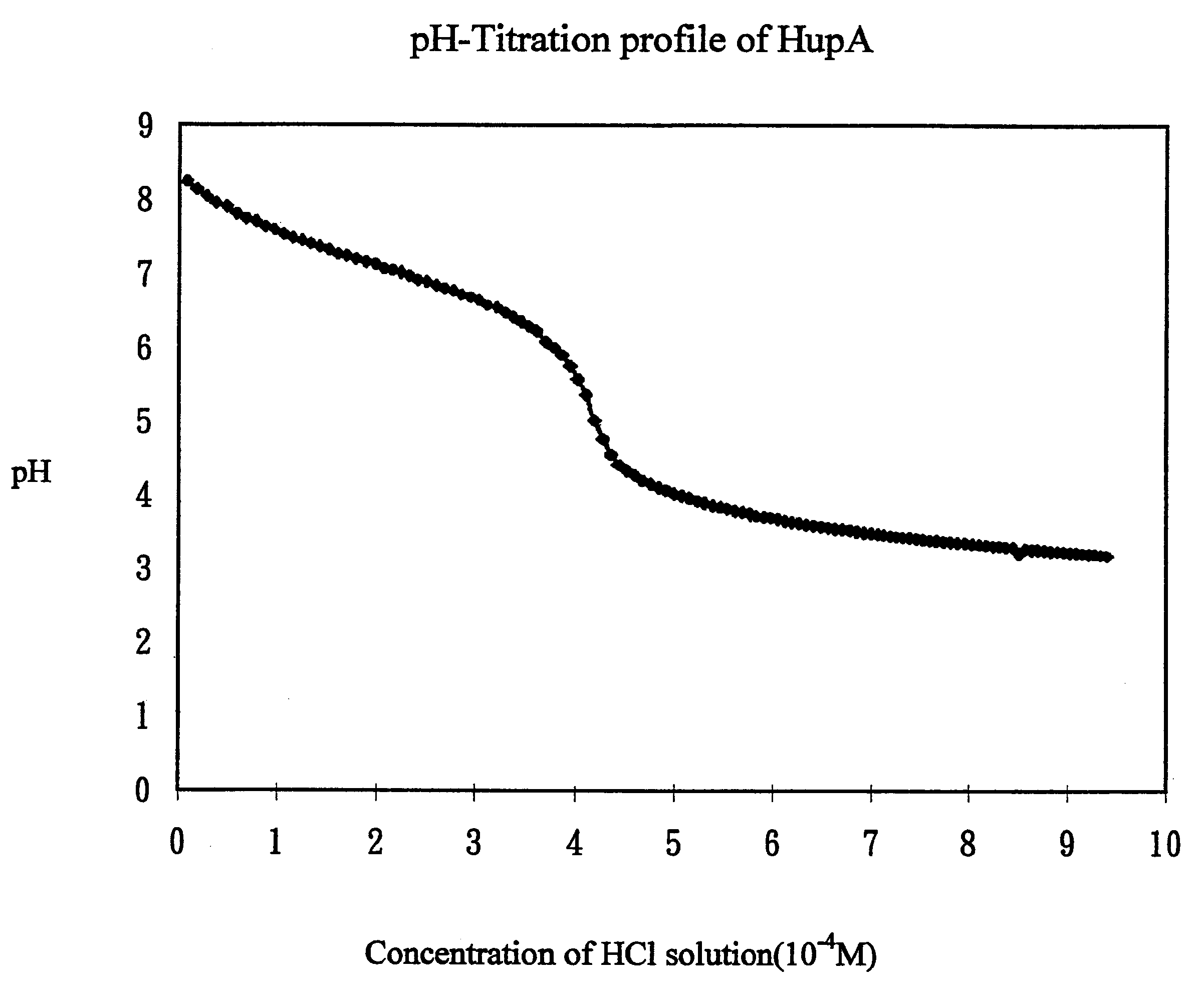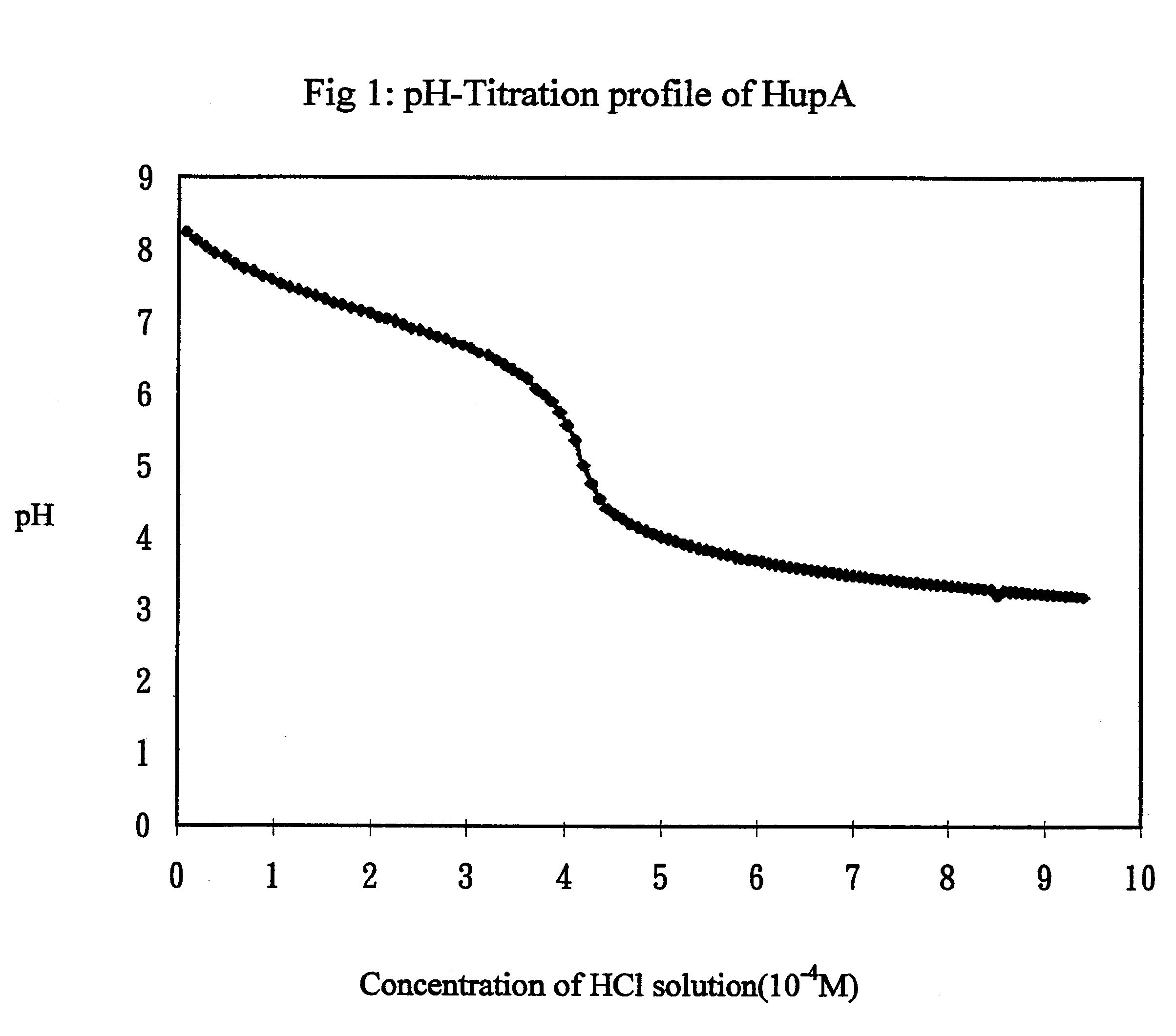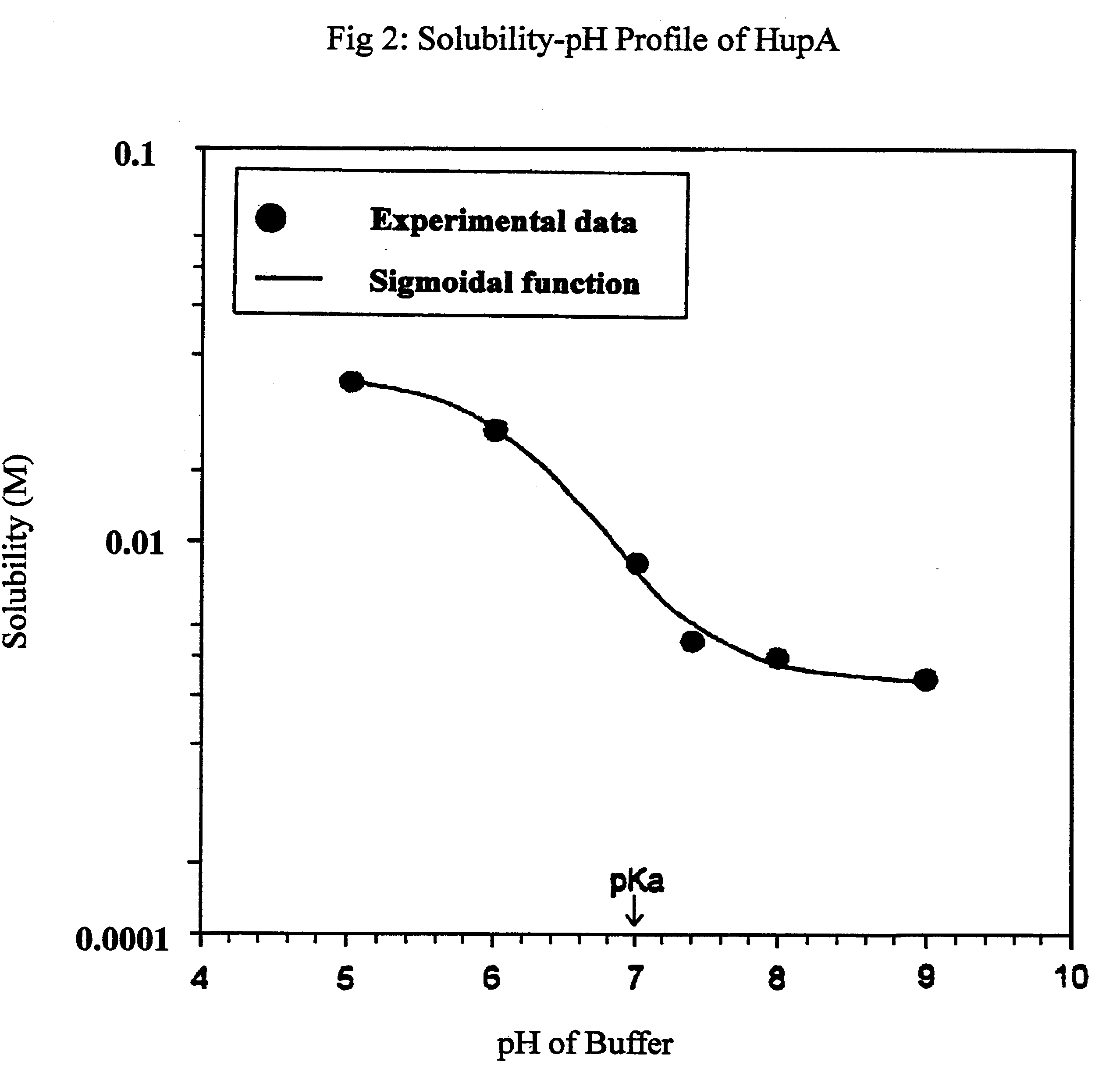Transdermal rate-controlled delivery of Huperzine A for treatment of alzheimer's disease
a technology of alzheimer's disease and huperzine, which is applied in the field of transdermal rate-controlled delivery of huperzine a for treatment of alzheimer's disease, can solve the problems of loss of short-term memory, loss of cognitive function, loss of the ability to care for themselves,
- Summary
- Abstract
- Description
- Claims
- Application Information
AI Technical Summary
Benefits of technology
Problems solved by technology
Method used
Image
Examples
example 2
Characterization of Physico-chemical Properties of Hup A
A) Determination of pKa of Hup A
A solution of the Hup A was prepared in water to obtain a concentration of 5.times.10.sup.-4 M solution. Hydrochloric acid solution 0.005M was prepared by dilution of concentrated acid. Similarly, a NaOH solution was prepared by diluting commercially available 1N solution.
For all titration, the procedure used was similar and is described below. The solution to be titrated was taken in a breaker and continually mixed using a magnetic stir bar. A pH electrode was used to measure pH of the solution during the experiments. The pH meter was connected to a computer, which was programmed to automatically obtain pH readings every 10 seconds. The titrant solution was taken in another breaker and a peristaltic pump was used to deliver it as a constant rate. The rate of delivery of the titrant was calibrated and fixed at 0.327 ml / min.
First, the HCL solution was standardized by titrating it with standard NaO...
example 3
Characterization of In Vitro Permeation of Hup A through Human Cadaver Skin
Human cadaver skin is employed as model for studying in vitro transdermal permeation of Hup A. The skin specimens of human cadavers, obtained from Ohio Valley Skin & Tissue Center, are mounted between the two half cells of Valia-Chien Permeation Cell. Donor solutions were prepared in isotonic phosphate buffers of pH 5, 6, 7, 7.4, 8 and 9. Concentration of each solution was about 750 ug / ml. Permeation studies were carried out in triplicate at each pH evaluated. The receptor solution used in each case was isotonic phosphate buffer pH 7.4 to simulate physiological conditions.
As stated above human cadaver skin was used in the permeation studies. The skin, obtained frozen, was first thawed and rinsed with in normal saline. The skin was then blotted to remove excess moisture and cut into 2 cm.times.2 cm pieces. Each skin piece was sandwiched between two microscope glass slides and the thickness was measured using a...
example 4
Development of Formulations For Transdermal Delivery of Hup A
A) Reservoir-Type Transdermal Delivery System (TDS)
A dosage amount of Hup A is dissolved in an aprotic solvent, e.g., ethanol or combination, to form solution-type drug reservoir. This Hup A reservoir is then gelled with gelling agent, e.g., hydroxypropyl cellulose, and encapsuled in a shallow compartment molded from a rate-controlling polymeric membrane and a drug-impermeable metallic-plastic laminate.
The release profile of Hup A from the rate-controlling membrane can be measured using Valia-Chien Skin Permeation dissolution apparatus at 37.degree. C. and the rate of release is measured as a function of the composition of the polymeric membranes for selection of one or more polymeric membranes which control the release of Hup A at constant (zero-order) rate, for 24 hours or longer, with a therapeutically-desirable dosage rate.
The permeation profile of Hup A from the various Hup A / TDSs can be measured using Valia-Chien Ski...
PUM
| Property | Measurement | Unit |
|---|---|---|
| Time | aaaaa | aaaaa |
| Linear density | aaaaa | aaaaa |
| Molar density | aaaaa | aaaaa |
Abstract
Description
Claims
Application Information
 Login to View More
Login to View More - R&D
- Intellectual Property
- Life Sciences
- Materials
- Tech Scout
- Unparalleled Data Quality
- Higher Quality Content
- 60% Fewer Hallucinations
Browse by: Latest US Patents, China's latest patents, Technical Efficacy Thesaurus, Application Domain, Technology Topic, Popular Technical Reports.
© 2025 PatSnap. All rights reserved.Legal|Privacy policy|Modern Slavery Act Transparency Statement|Sitemap|About US| Contact US: help@patsnap.com



